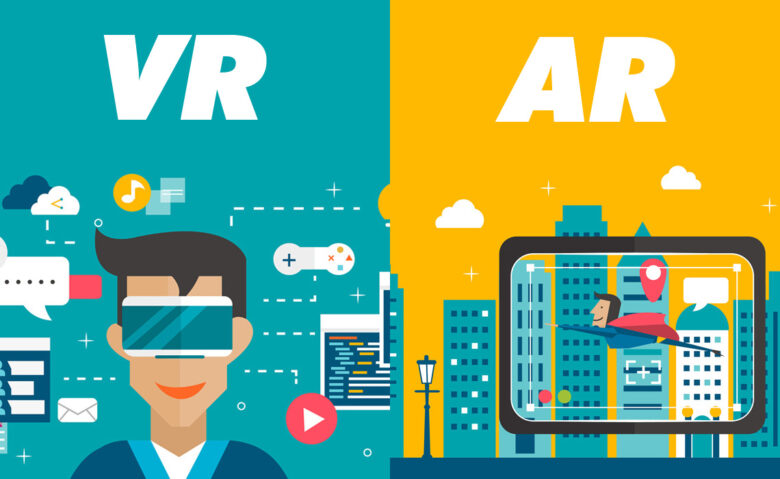Web design from the basics to master is difficult, but not impossible, and the knowledge gained will be useful to you in many areas of life and career. Web-designers are always in demand, there is a shortage of good specialists, so web design – is not only an opportunity for self-realization, but also a way to increase their earnings.
What is web design?

Modern web design – it’s not just creating the look of the site, but also its layout using CSS and HTML. The finished layout of the site should not only meet certain requirements, but also be correctly processed by all known browsers.
In literal translation, web-design means “web design”. The process of creating websites includes both creative and technical components:
The technical design stage, which defines the purpose of the site’s existence, its functions, etc.;
Quick start
Study the course and learn how to create a design and prototype site
- creation of a logical structure and the choice of forms through which the information will be presented to the user;
- graphic design – layout of the site with the help of a graphic editor;
- site layout – conversion of the graphical component of the site in code, taking into account the correctness of displaying the site in different browsers;
- Webmastering – the site is placed on a hosting site, optimized for search engines and promote the network.
If you want to become a web-designer yourself, training can be conducted with the help of:
- Repeating lessons and video tutorials from thematic websites on your own;
- reading web design literature (books, magazines, blogs);
- development of a sense of taste through the analysis of beautiful, functional, well-designed sites;
- increasing the professional level and speed of work through regular practice;
- developing communication skills with potential customers and employers.
The formula for success

If you’re still looking for an effective formula for how to learn web design on your own, here’s a ready-made sequence of steps.
Learn to work with graphic editors to an intermediate level. Moreover, we are talking about both vector and raster graphics. The most common graphics programs are Adobe Photoshop, Adobe Illustrator, and Corel DRAW. You may need to implement not only the design and elements, but completely change the structure and add any features that a customer needs. This does not mean that you have to know absolutely all the tools by heart. It means being able to perform the tasks you face as a web designer in the shortest possible time and templates like business card mockup, on websites such as ls.graphics, will definitely help.
You understand the basic concepts of web design: balance, composition, site layout, color palette, contrast, modular grid, texture, typography, etc. In general, deal with everything involved in creating a decent website design.
Find a studio and go to work there, or register on the freelance market and start practicing, doing at first all orders, just to gain experience and reputation. Working on real orders – this is a great way to learn web design on their own.
Do not forget to learn, learn and learn again. Initially, your level will be at the level of drawing flowers in Photoshop, then you will have regular customers and good earnings, and then you can become, for example, director of the art studio, and so on – this path of self-improvement is infinite.
How to keep yourself in tone?
To take a secure position in the “upper caste” of web designers, you need to work long and hard, practice, be critical of their design skills, get inspiration and learn from their “colleagues in the shop”, get additional education in offline and online courses, with tutorials on Web design.
Once you get the basic skills in site design, gradually expand its technical and artistic arsenal. Keep up with all the innovations and trends in the industry, incorporate new tricks into your work, learn new programs, techniques and tools, improve your communication skills with clients.
This will make you and your designs more relevant, original and competitive, and will encourage your professional growth.
Keep up to date with technologies
VR, AR, 360-degree video, bots.

It tends to be hard to stay aware of such countless new innovations and patterns. However, you need to put aside an ideal opportunity to keep up to date with every one of these changes.
Study them each in turn and start with innovations that are straightforwardly identified with the work you do. In case you have a site with online chat, start by examining bots. Or on the other hand, in case you utilize a great amount of video content, experiment with 360-degree video.
Components, like artificial intelligence and virtual or augmented reality, are much more mind blowing, yet are probably going to turn into a necessary piece of web architecture later on. At any rate, you should understand what they are and what potential uses they have.
Expert SEO
While many website specialists expect that a SEO expert can set up a site for web indexes, there is a great deal of configuration work engaged with SEO.
From how pictures are transferred to making just code that rapidly fuses meta tags on pages and components, the SEO expert should coordinate internet searcher thinking into their work process.
This is imperative for freelancers as well. Most customers are sufficiently sagacious to request a SEO-advanced site. In case you’re working alone, you need to realize enough to make a strong structure that Google can peruse. Likewise, you ought to have the option to allude the customer to a SEO trained professional if extra work is required.
How long does it take to master web design?

A true designer should behave like an engineer, for whom the effectiveness of the site comes first, not its beauty. Each element on the page should perform its assigned role and comply with the main purpose of the site.
So if, after a couple of months of trying to learn web design on their own and practicing Photoshop you have the thought: “That’s it, I’m a web designer and I can do sites,” mark it the most ruthless way.
Your task as a web designer – is to make an image that will cause the visitor to certain emotions and prompt him to take action, such as register, subscribe to a newsletter, buy a certain product, etc. And to do this, you need to learn not only Photoshop, but also marketing techniques, branding and positioning, the basics of layout, HTML and CSS, the principles of usability, copywriting and information architecture.

